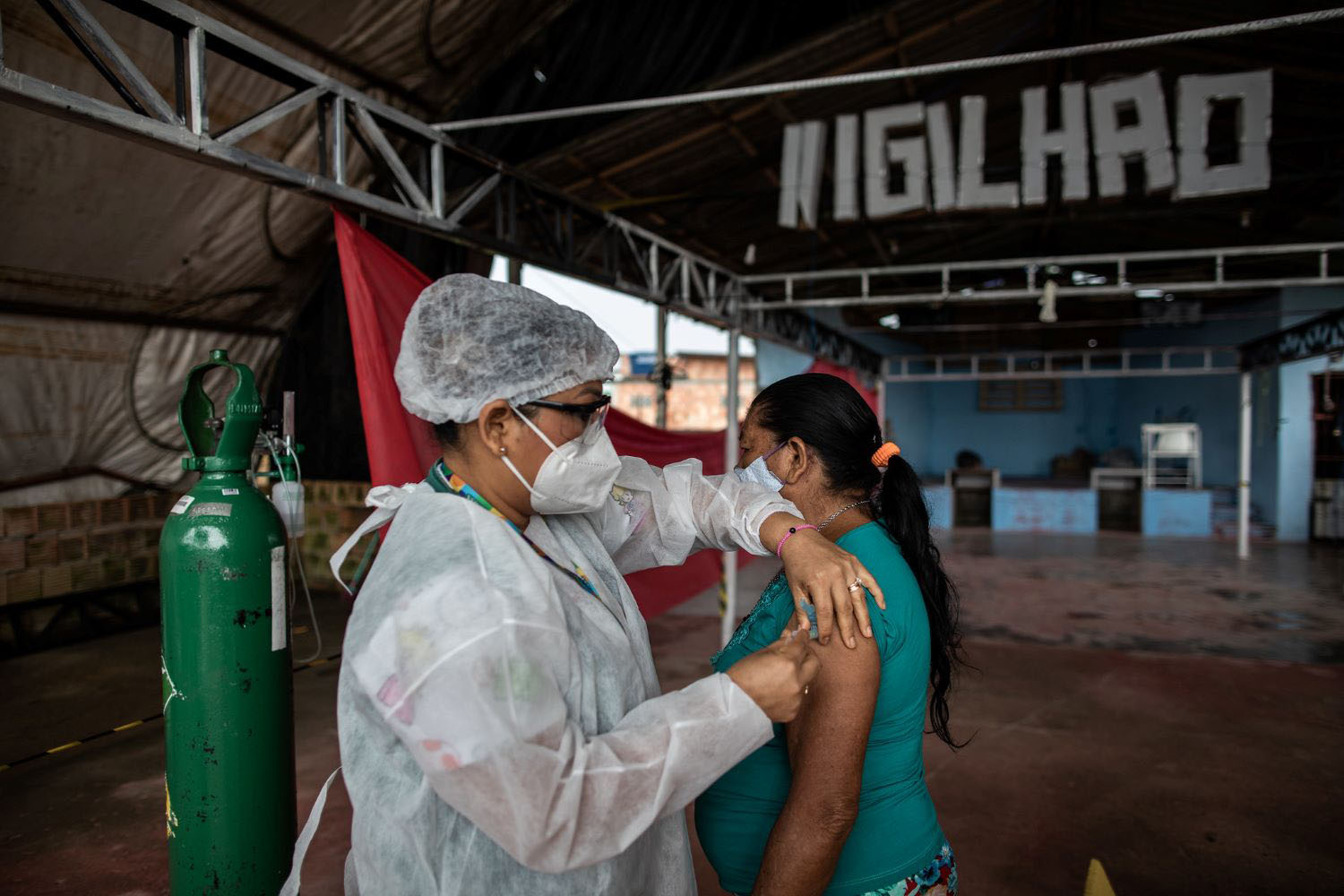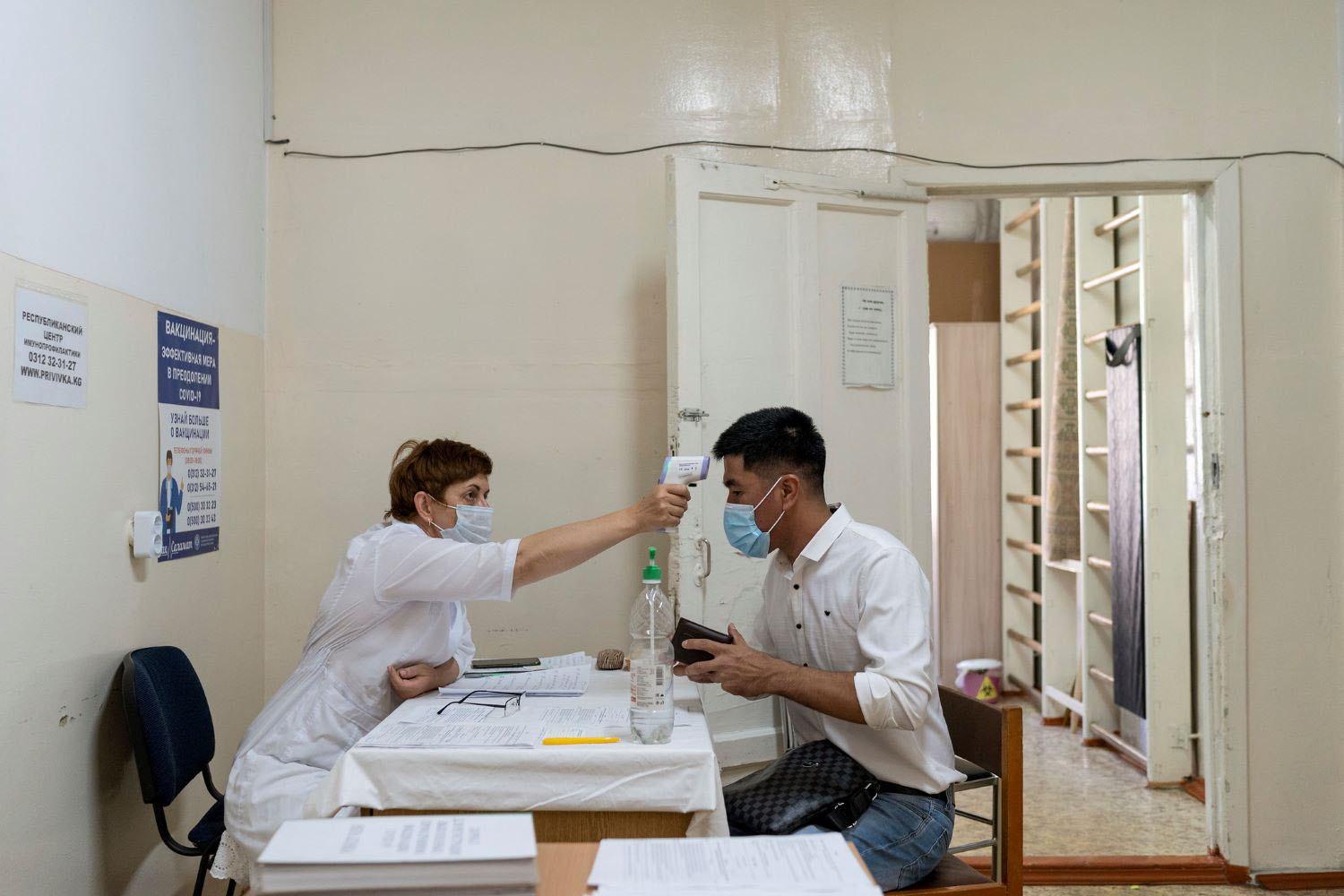Pop quiz: What disease killed John Keats at age 26, John Harvard at 30, Simon Bolivar at 47, Puccini's Mimi right after "Sono Andati?" - and now kills 4,400 people every day, most in the prime of their lives? Answer: TB, an ancient scourge whose current manifestations demonstrate both the highs and the lows of global public health.
The TB picture today, on World TB Day, is one of bad news, good news, worse news. The bad news is that the toll is so enormous, so closely tied to poverty and social exclusion, and such a double-whammy with HIV/AIDS. It is the regions of sub-Saharan Africa and the Former Soviet Union, beset by so many challenges to their societies and public health systems, where the TB burden is so high, and grew so rapidly between 1990 and 2000. In Africa in 2005, the TB mortality rate was more than twice as high as in any other region.

The good news is that many of the prevention and control measures by the global community and individual countries seem to be paying off. As summarized by UN Secretary-General Ban Ki-moon: "We are currently seeing both the fruits of global action to control TB and the lethal nature of the disease's ongoing burden. Almost 60% of TB cases worldwide are now detected, and out of those, the vast majority are cured. Over the past decade, 26 million patients have been placed on effective TB treatment thanks to the efforts of governments and a wide range of partners." Indeed, the Stop TB Partnership and the various organizations working on TB deserve tremendous credit for developing clear, cohesive and effective set of strategies for drug procurement, mobilization of resources and service delivery - a major accomplishment that distinguishes TB from many other global health priorities.
The worse news is, of course, the emergence of XDR-TB, which cannot be treated with either first-line treatments or half (or more) of the available second-line drugs. Given the potential for rapid spread, starting but in no way limited to communities with a heavy HIV/AIDS burden, XDR-TB is going to be everyone's worry for a long time to come. A strong case can be made that more resources should be dedicated today to surveillance and the implementation of a prevention and control strategy - or we will all be paying a far higher price in the future.
CGD blog posts reflect the views of the authors, drawing on prior research and experience in their areas of expertise.
CGD is a nonpartisan, independent organization and does not take institutional positions.





